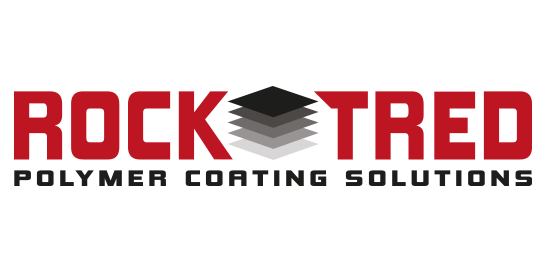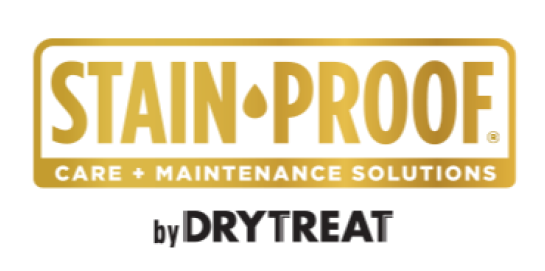Wood decks provide the perfect accent for extension of indoor to outdoor living spaces. The aesthetic appeal of a deck blends the naturalism of the outdoors with the comfort of the indoors. Yet, the luster of this landscaping must be properly maintained.
One of the most important aspects of deck maintenance is waterproofing. With that said, waterproofing is not a cure-all solution. Understanding how water damage occurs, including successfully identifying signs of damage, and learning how to rectify the damage are all equally important parts of maintaining your deck.
Quick and Dirty: Waterproofing Basics
First off, “pressure-treated” wood is not the same as waterproofed or weatherproofed wood. All decks should be waterproofed, no matter what. While waterproofing is an extremely important step in deck construction, as well as a necessary part of continual maintenance, it is an easy part of the job.
Make sure to begin with the appropriate tools:
- Sandpaper
- Water
- Deck Sealer
- Paint Tray, Liner, Stirrer
- Small Paint Brush & 1/2 inch Lint-Free Nap Roller
- Lambs Wool Pad
- Broom
- Scrub Brush (the stiffer the better!)
First, prep the area. Clear furniture and other obstacles. Repair wear-and-tear damage such as loose boards, splits, or cracks. Use sandpaper to eliminate splinters, fraying, or rough spots. Sweep clean, scrub with stiff bristled brushes and water, and hose down the entire area. Let sit for at least two days to completely dry.
Next, apply the sealant. Make sure to research the appropriate type of sealant for your deck. Begin by applying a thin layer of sealant using the painting tools listed above. It’s recommended to apply multiple thin layers rather than a few thick layers. To evenly distribute the sealant and smooth the surface use the lambs wool pad, working in small sections, across the entire deck.
Important! Apply the last coat of sealant after using the lambs wool and before the sealant has completely dried.
The Usual Damage
Split, cracked, peeling, and warped wooden boards are basic issues. In severe cases, mold may accrue causing safety issues. Further challenges are posed by inadequate sloping creating standing water, freezing and thawing cycles in colder climates, and wear and tear generated via foot traffic.
In some of these cases, there are simple fixes.
For split or cracked decks the SF Gate home guide recommends power washing the deck surface and then attending to smaller details such as pounding in nails, screwing loose boards down, and patching cracks with two-part wood epoxy. Finish the job by sanding and applying a protective coating.
For mold, the safe fix is to replace the damaged boards all together. The location and size of the affected area determines the breadth of the job. If mold has spread to the supporting structure, such as support beams, band or rim joists, or ledger joists, you’ll want to investigate the safety of the deck’s structure.
Waterproofing Systems
Per Bill Leys, owner of Central Coast Waterproofing, via Water Proof Magazine, “the right waterproofing system for any given job depends on the substrate, condition, slope, and the amount of traffic expected.” With that said, the end product, such as the appearance and texture, are also important.
The Five Layers
A great waterproofing system should combine five layers:
- Subsurface
- Waterproofing Membrane
- Protection
- Drainage
- Top Finish
Keep in mind that the “five layers” are part of an overall waterproofing system. They must be cohesive and therefore it’s best to purchase one system from a single waterproofing manufacturer.
Founded in 1998, Pli-Dek Inc. has been providing high-quality specialty coatings to architects, contractors, and independent owners for over 35 years. Pli-Dek strives to provide clients with exemplary customer service via highly trained and certified applicators and staff. For more information about our waterproofing systems over ply-wood and concrete substrates , feel free to contact us directly.











